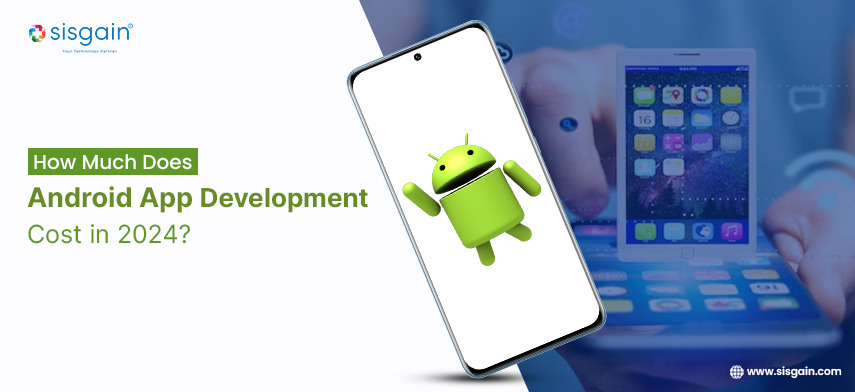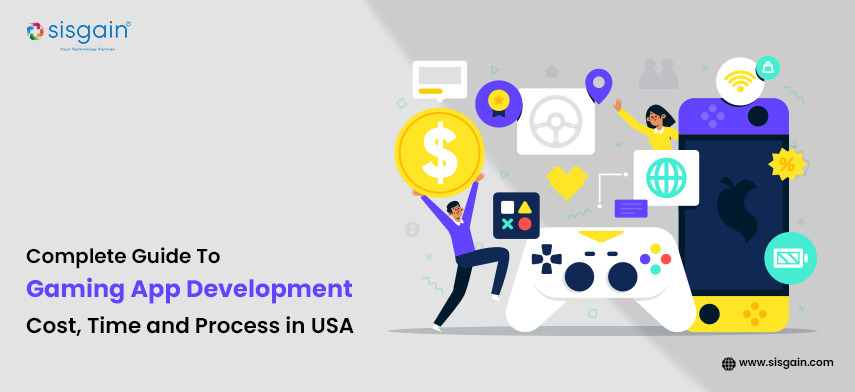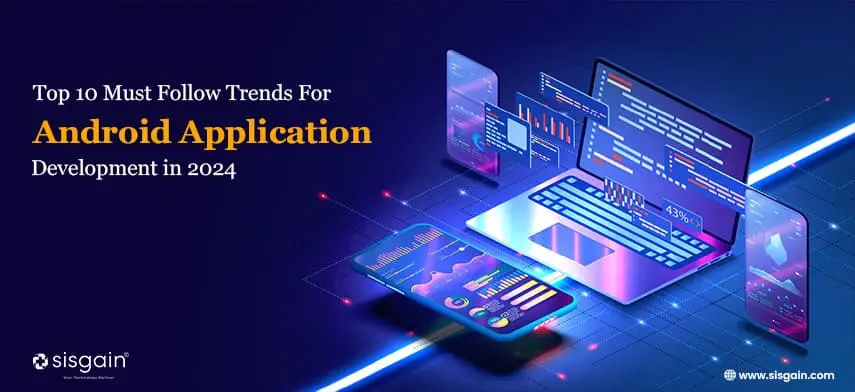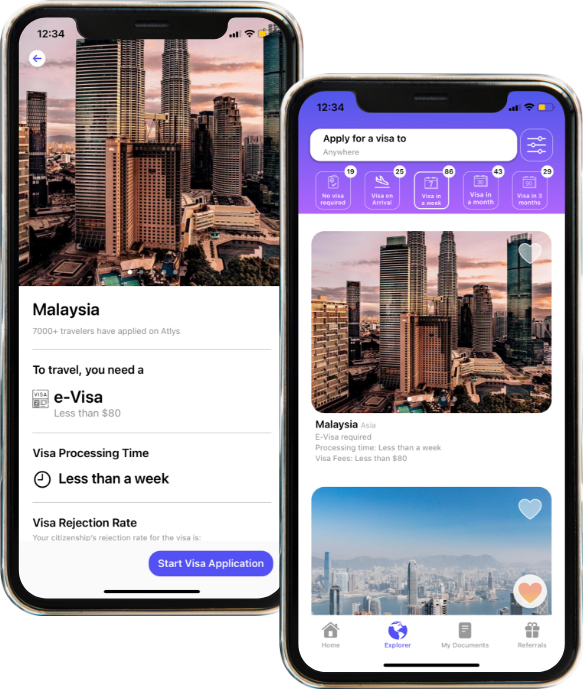 05 Jul 2023
David
The 10 Most Important Steps in Mobile App Development | Ultimate Guide
0
05 Jul 2023
David
The 10 Most Important Steps in Mobile App Development | Ultimate Guide
0
Introduction
In the rapidly evolving world of iOS app development, choosing the right framework is crucial for success. In this comprehensive comparative analysis, we will delve into the strengths and weaknesses of Flutter and Swift – two prominent frameworks for iOS app development. As a leading provider of iOS app development services, SISGAIN offers valuable insights into these frameworks, helping you make an informed decision for your next iOS app project.
Understanding Flutter and Swift
Flutter: Flutter is an open-source UI software development kit (SDK) created by Google. It allows developers to build cross-platform applications using a single codebase. Flutter employs Dart, a modern and efficient programming language, to write code that can run on iOS, Android, and web platforms.
Swift: Swift is a powerful and intuitive programming language developed by Apple. It offers a native approach to iOS app development and is designed to work seamlessly with Apple's frameworks, such as UIKit and SwiftUI. Swift provides robust performance and direct access to iOS features, making it ideal for building native iOS applications.
Performance and Efficiency
Performance Comparison: Flutter's performance is commendable, thanks to its built-in rendering engine and optimized widgets. However, it relies on Skia, a graphics engine, for UI rendering, which can introduce slight overhead. On the other hand, Swift, being a native language, offers excellent performance and leverages the full power of iOS devices.
Resource Utilization: Flutter apps may have slightly higher memory consumption due to the framework's underlying architecture. However, Flutter's hot-reload feature significantly improves development efficiency. Swift apps, being native, tend to have more optimized resource utilization.
UI Rendering Speed: Flutter's widget-based UI architecture enables fast UI rendering, as it can efficiently update only the necessary components. Swift, with its native UI frameworks, provides excellent rendering performance as well, utilizing hardware acceleration.
Development Speed and Productivity
Rapid App Development: Flutter's hot-reload feature allows developers to view code changes in real-time, significantly reducing development time. The ability to see immediate results accelerates prototyping and iteration processes. Swift, while lacking hot-reload, benefits from the extensive iOS ecosystem and robust tooling, which streamline development workflows.
Code Reusability: Flutter's key advantage lies in its code reusability. With a single codebase, developers can build apps for multiple platforms, including iOS and Android. This shared code approach saves time and effort. Swift, being iOS-specific, does not offer code sharing capabilities across platforms.
Tooling and Community Support: Both Flutter and Swift have vibrant communities and excellent tooling support. Flutter's rich ecosystem offers numerous pre-built packages and plugins, simplifying the development process. Swift benefits from Apple's comprehensive documentation, official frameworks, and community-driven resources.
User Interface Capabilities
Flutter's Widget-based UI: Flutter provides a rich set of customizable UI widgets that can be combined to create visually appealing interfaces. Flutter's "everything is a widget" philosophy offers developers flexibility and control over the UI design.
Swift's Native UI: Swift leverages Apple's UI Kit framework, providing direct access to native iOS UI components and libraries. Swift UI, a newer framework, introduces a declarative approach to UI development, enabling rapid prototyping and intuitive design.
Design Consistency: Flutter's widget-based approach ensures consistent UI design across platforms, offering a unified user experience. Swift, with its native frameworks, provides seamless integration with Apple's Human Interface Guidelines (HIG) and platform-specific design elements.
Ecosystem and Third-Party Integration
Flutter Ecosystem: Flutter boasts a growing ecosystem with a wide range of packages and plugins, allowing developers to easily incorporate features like animations, networking, and database integration. The Flutter community actively contributes to expanding the ecosystem, offering valuable resources and support.
Swift Ecosystem: Swift benefits from Apple's vast ecosystem and official frameworks, such as UI Kit, Core Data, and Core Animation. Additionally, Swift Package Manager simplifies dependency management. The Swift community, backed by Apple, continually develops new libraries and tools to enhance the ecosystem.
Integration with Native Features: Both Flutter and Swift provide ways to integrate with native device features and APIs. Flutter utilizes platform channels to access native code, while Swift natively integrates with iOS frameworks and APIs.
App Maintenance and Future Considerations
Code Maintainability: Flutter's single codebase simplifies app maintenance, as changes made in one place apply to all platforms. However, if platform-specific features require modifications, it may introduce additional complexity. Swift, being platform-specific, allows developers to focus solely on iOS-specific optimizations and maintenance.
Long-term Viability: Flutter's rising popularity and strong backing from Google contribute to its long-term viability. The framework is continuously evolving, with updates and improvements introduced regularly. Swift, developed and supported by Apple, ensures its future compatibility with iOS advancements.
Platform-Specific Features: Consider the need for platform-specific features in your app. Flutter may require additional effort to access certain iOS-specific capabilities. Swift, being native, provides direct access to all iOS functionalities without any limitations.
Choosing the Right Framework
Factors to Consider: When deciding between Flutter and Swift, consider factors such as project requirements, team expertise, performance needs, time constraints, and target audience. Evaluating these aspects will help you determine which framework aligns best with your project goals.
Consulting with Experts: Engaging experienced iOS app development professionals, such as SISGAIN, can provide valuable guidance and expertise in selecting the optimal framework for your specific project requirements. Their deep knowledge of Flutter and Swift will ensure a successful and efficient development process.
Conclusion
Choosing the right framework, whether it's Flutter or Swift, is pivotal for iOS app development success. Flutter offers cross-platform development capabilities and rapid prototyping, while Swift excels in native iOS app development. By considering factors such as performance, productivity, UI capabilities, ecosystem, and long-term viability, you can make an informed decision. SISGAIN, as a trusted provider of iOS app development services, possesses expertise in both Flutter and Swift, ensuring the selection of the most suitable framework for your iOS app project. Contact us today to leverage our experience and embark on a successful iOS app development journey.






















































